
Egypt 2003: Cairo
Bounded in the west by Jebel Moqattam and in the east by the River Nile, the site of modern Cairo had not always been the chosen location for the foundation of a capital. There are in fact three major landmarks in the city's evolution: Heliopolis, the capital (in c. 3100 BC) of the first, short-lived, united kingdom of Upper and Lower Egypt; Memphis, which as the majestic capital of the Old Kingdom has perhaps the most legitimate claim to the title of the "great ancestor" of modern Cairo; and the Fort of Babylon, built by Trajan (98-117).
The capture of the Fort of Babylon by the armies of Amr Ibn el-As in 640 marked the beginning of the various stages of the construction of the "Mother of the World" (Umm elDunya), as Cairo was called by its chroniclers and inhabitants, as well as the establishment of Islam in Egypt. Amr founded a mosque at the apex of the Nile Delta, where he began to build the first Arab settlement in Egypt. Centered around the mosque, Fustat ("encampment"), as it later became known, had the outward appearance of a military camp, in which the various Arab tribes that made up his army were divided into khittat (districts). With the emergence of the Abbasid dynasty a new military and administrative district known as El-Askar ("army") was established to the north of Fustat, now the modern district of Sayyida Zeinab. The Abbasid governor of El-Askar, Ahmed Ibn Tulun, who as of Turkish origin, sought to free himself from the control of Baghdad. In 868 he founded, around the mosque named after him, the new district of El-Qatai' ("the wards", a reference to the districts allocated to the various contingents of his army). El-Qatai' was recaptured and burned by the Abbasids, gradually abandoned and finally used as a "quarry" for the construction of the Fatimid capital of El-Qahira (originally Kahira, "The Triumphant One"), built on the site of the "Islamic City" and, for the first time, fortified.
Salah ad-Din (Saladin) commissioned the Citadel. It took 89 years to build (1116-1207) and became the new seat of power, opening up the city of El-Qahira which became (and continues to be) populated by craftsmen, laborers and harafish (beggars). In the 16th century the Ottoman governors who occupied the Citadel pursued the construction projects begun by the Mameluke sultans.
Mohammed Ali began the major construction work of the modern city, which entailed draining the lakes of El-Ezbekiya A 274 and building new roads, and the Cairo of today finally began to take shape. His successors carried out a series of projects to extend the city which involved building new districts such as Heliopolis A 285 in 1905, mostly financed by private foreign interests. Today Cairo has a population of twelve million (one quarter of the entire population of Egypt), with an average density of 130,000 inhabitants per square mile and as many as 250,000 in some districts.*
 cairo/j001.jpg
cairo/j001.jpg
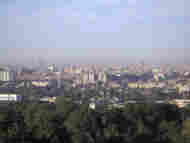 cairo/j002.jpg
cairo/j002.jpg
 cairo/j003.jpg
cairo/j003.jpg
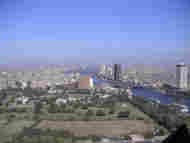 cairo/j004.jpg
cairo/j004.jpg
 cairo/j005.jpg
cairo/j005.jpg
 cairo/j006.jpg
cairo/j006.jpg
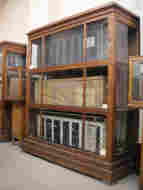 cairo/j007.jpg
cairo/j007.jpg
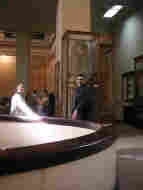 cairo/j008.jpg
cairo/j008.jpg
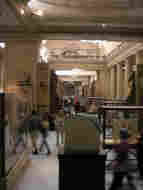 cairo/j009.jpg
cairo/j009.jpg
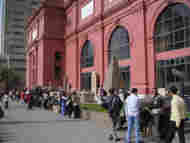 cairo/j010.jpg
cairo/j010.jpg
 cairo/j011.jpg
cairo/j011.jpg
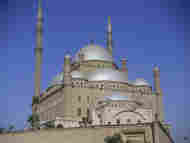 cairo/j012.jpg
cairo/j012.jpg
 cairo/j013.jpg
cairo/j013.jpg
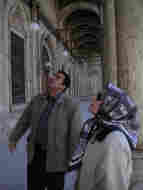 cairo/j014.jpg
cairo/j014.jpg
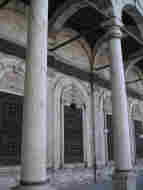 cairo/j015.jpg
cairo/j015.jpg
 cairo/j016.jpg
cairo/j016.jpg
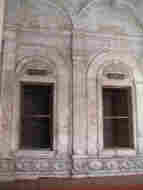 cairo/j017.jpg
cairo/j017.jpg
 cairo/j018.jpg
cairo/j018.jpg
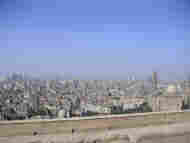 cairo/j019.jpg
cairo/j019.jpg
 cairo/j020.jpg
cairo/j020.jpg
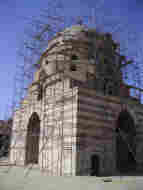 cairo/j021.jpg
cairo/j021.jpg
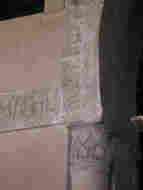 cairo/j022.jpg
cairo/j022.jpg
 cairo/j023.jpg
cairo/j023.jpg
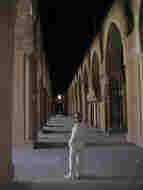 cairo/j024.jpg
cairo/j024.jpg
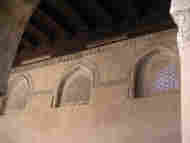 cairo/j025.jpg
cairo/j025.jpg
 cairo/j026.jpg
cairo/j026.jpg
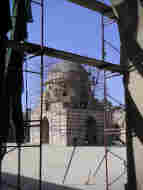 cairo/j027.jpg
cairo/j027.jpg
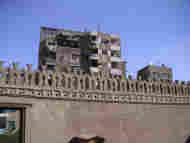 cairo/j028.jpg
cairo/j028.jpg
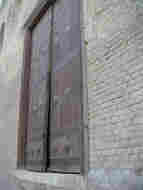 cairo/j029.jpg
cairo/j029.jpg
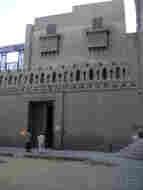 cairo/j030.jpg
cairo/j030.jpg
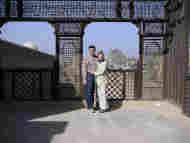 cairo/j031.jpg
cairo/j031.jpg
 cairo/j032.jpg
cairo/j032.jpg
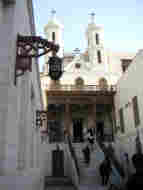 cairo/j033.jpg
cairo/j033.jpg
 cairo/j034.jpg
cairo/j034.jpg
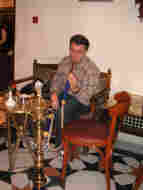 cairo/r035.jpg
cairo/r035.jpg
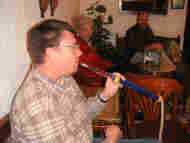 cairo/r036.jpg
cairo/r036.jpg
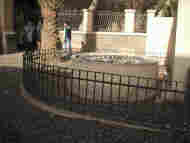 cairo/r037.jpg
cairo/r037.jpg
 cairo/r038.jpg
cairo/r038.jpg